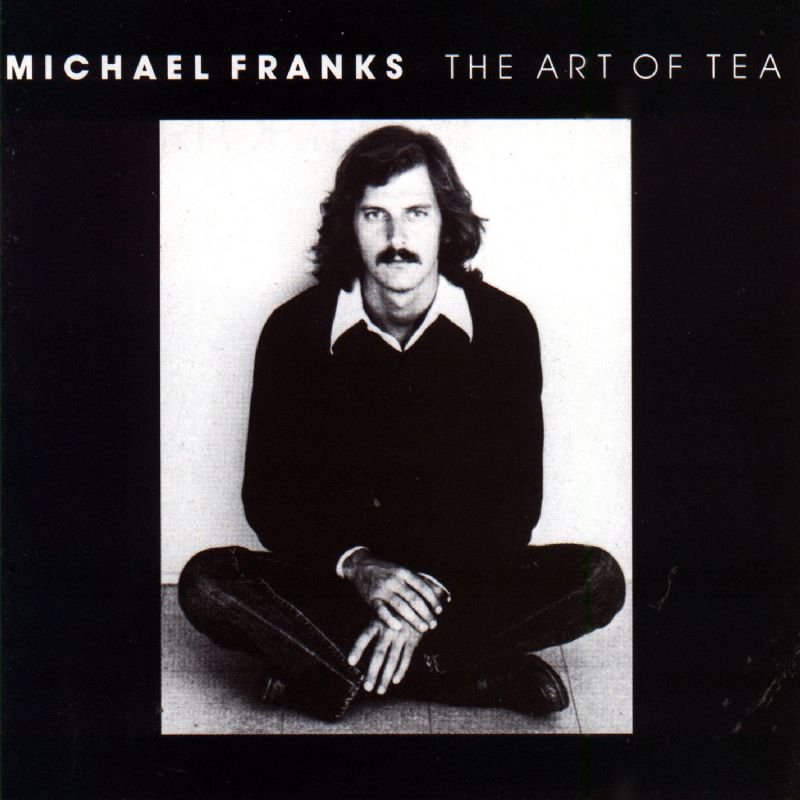Tonight's movie is the famous "Concert in Central Park of 1981" by Simon & Garfunkel.
A most famous reunion. Since parting ways in early 1970, Paul Simon and Art Garfunkel had reunited a couple of times for a song or two, but fans had pretty much given up hope that the two would ever truly sing together again. And they had reason to be so pessimistic. Tensions between the duo came to a fever pitch years before breaking up and it was painfully obvious to anyone watching that the two artists were beginning to hate each other. If it was a marriage, let's say it ended in a very nasty divorce.
The "seperation" phase commenced while recording their landmark, Grammy winning finale, Bridge Over Troubled Water. Much of the tension was rooted in jealousy and bitterness. Paul Simon wrote all of the songs—literally, all of the groups original songs which made up 99.9% of their catalog. Yet, who received standing ovations for "Bridge Over Troubled Water?" Art Garfunkel, the singer—a mere interpreter, in Simon's mind. Paul Simon knew he was THE genius. He could do it all without Artie. So he left to begin a very fruitful solo career and Art Garfunkel became a part time film actor and easy listening artist. Artie's albums were only mildy successful. Garfunkel wrote none of the songs, leaving that duty to the likes of Jimmy Webb and Randy Newman.
When the divorce was finalized in 1970, the two weren't on speaking terms. It's a good thing there were no children involved ;). Any indication of friendliness on TV specials was purely acting.
So it was a big deal when in 1981, they reunited in their hometown of New York City for a free "neighborhood concert." Keep in mind that Simon & Garfunkel were pretty much behind only The Beatles in popularity. Here's some perspective: Less than a year before, the public lost John Lennon, perhaps the ultimate rock hero, an apparent pacifist and champion of world peace. This was, in some sense, a reunion for the mourning masses.
In the weeks prior, when Paul and Artie rehearsed, tensions were at their highest. Literally, Simon & Garfunkel disagreed on EVERYTHING. Originally, the plan was for Simon AND Garfunkel to each give seperate solo performances before coming together for the most famous songs in their catalog. The idea was scrapped. Garfunkel wanted to perform a show like they used to -- just the two of them, with Simon playing acoustic guitar. Simon, who in his newer records had begun to experiment with jazz elements, thought this idea was total crap (or more likely, he thought that any idea Garfunkel had was total crap by the virtue that it was an idea by...Art Garfunkel.) In the end, they decided to go with the big band and have Garfunkel sing on some of the solo Paul Simon hits.
Let that settle in for a second! What an oppurtunity for die-hard fans. They could finally hear what their favorite Paul Simon songs would sound like if Simon & Garfunkel had never broken up. It would be sort of like hearing Paul McCartney sing harmonies on Imagine or John Lennon sing the chorus of Band On The Run. Arrangements for these songs were done by Paul Simon and David Matthews (nope, not the Dave Matthews you're thinking of. He would have only been 14.)
Backing the duo was a large (emphasis on LARGE) group of some of the finest New York session players. I mean, what a band! We're talking about an ensemble of guys who played on just about everything in 70s. The group featured such prominent dudes as the late Richard Tee on Keys, the great Anthony Jackson on bass guitar, Rob Mounsey on synthesizer and Steve Gadd on drums. Look those names up!
More than 500,000 people showed up on a chilly September to hear their favorite folk duo of the 60s reunite. Mayor Ed Koch gave a quick "Ladies and Gentleman, Simon and Garfunkel!" (and was later 'booed' when Simon thanked him later in the set) and the band began to play the first truly electric version of "Mrs. Robinson" ever heard!
At 45 minutes, one of the most chilling and controversial moments occurred in the concert. Following, a solo performance of "A Heart in New York" by Art Garfunkel, Simon began to play a new song, "The Late Great Johnny Ace." The song told the story of the death of the Duke Records hit recording artist Johnny Ace, who supposedly died playing "Russian Roulette." The song also directly mentioned the death of John Lennon. At approximately 48 minutes and 40 seconds, Paul Simon was (very) nearly attacked by a crazed fan. Obviously startled as he watched security reprimand his attacker, Simon continued and finished the song.
The night concluded with a second performance of Simon's hit "Late in The Evening" from the soundtrack to his failed film One Trick Pony.
Afterwards, the duo did a worldwide tour together. What happened next would be a minor tragedy.
Simon & Garfunkel decided to put their differences aside and record another album together. Garfunkel came into the studio to record vocals on some songs. But, we all know they wouldn't be Simon & Garfunkel if they didn't begin to argue. Sadly, tensions were too high to continue making an album. Garfunkel's parts were scrapped (left unreleased to this day) and Simon released his lowest-selling record at the time, a long player called Hearts And Bones. Though it is now recognized as one of the artist's finest efforts, one has to wonder if the public felt a little bit teased by the failed attempts at a Simon & Garfunkel reunion album.
On that note, let's have one moment of silence for the death of the duo's partnership.
And finally, let's watch The Concert in Central Park:










